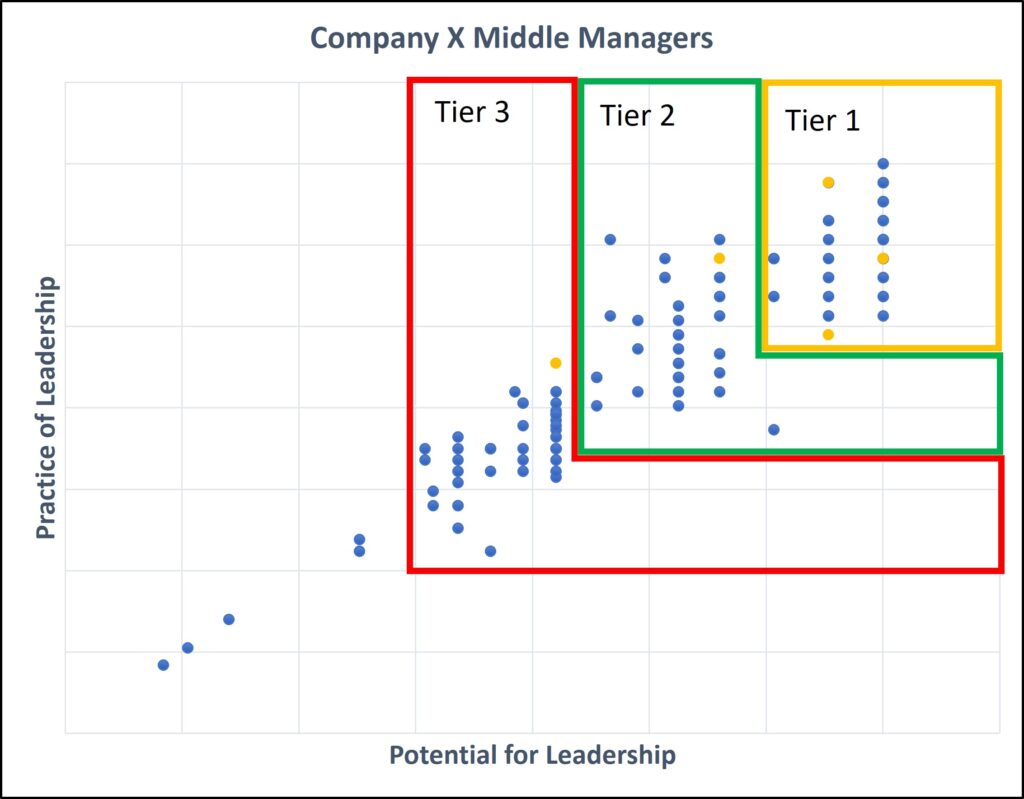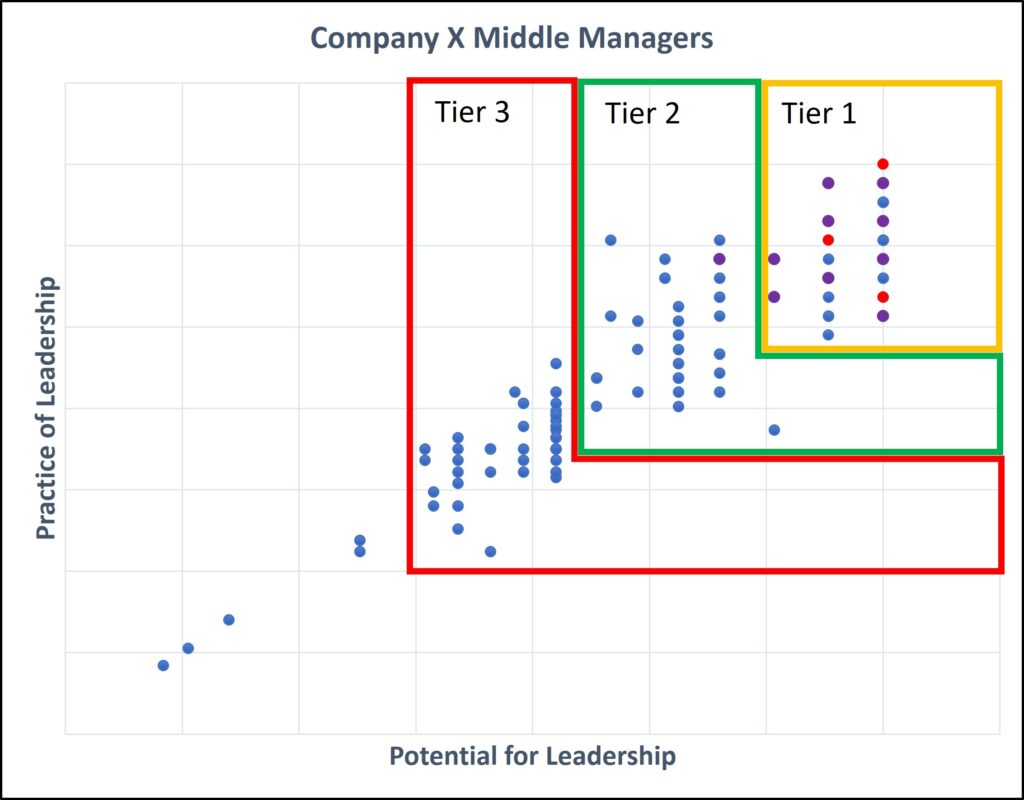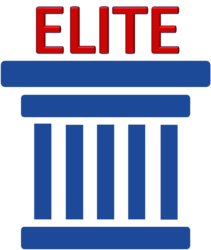Implementing a diversity, equity and inclusion (DEI) program requires an organization-wide cultural change. This change needs to start from the top and permeate throughout every level. Some of the areas impacted by the change include promotions, assignments, hiring practices and resources planning. Additionally, individual managers will need to change the way they select or recommend people for an opportunity as well as embrace new processes while selecting from a broader pool of qualified candidates.
Historically, when a new leadership opportunity or need arises, a lot of the ‘usual suspects’ are considered. Other highly qualified candidates may be overlooked due to bias, lack of the right relationships, etc. Including quantifiable data in the mix minimizes bias and is repeatable throughout the organization. It also serves to increase the pool of considered candidates, thus providing for a more diverse pool to choose from.
Under the current practice, when a leadership opportunity becomes available, management is charged with finding candidates who meet the qualifications. This could be through an application process or recommendations from their manager. Of 30 possible candidates, 5 may be chosen for an interview and 1 selected from that pool. But was the best candidate for the position chosen? We’ll never know. It’s very likely someone else was just as or even more qualified but wasn’t even considered.
Reviewing the candidates through a leadership resources management lens could yield a different result or at the very least, some additional insights into who should be included in the candidate pool. Leadership resources management is a data-informed approach to strategically manage an organization’s leadership resources. It helps identify gaps in an individual leader’s practice of leadership, as well gaps in the perception of their leadership by their team (direct reports, peers and supervisor). It replaces subjective interviews, relationship-based promotions and selections with a quantifiable, repeatable and unbiased leadership management process.

For instance, in the scenario previously discussed, a leadership resources management plot of an organization’s middle managers would indicate the 5 candidates the hiring manager is set to interview and choose from in yellow. Some of the candidates are top tier leaders and some clearly are not. There is even 1 in tier 3.

If the manager broadens the pool to everyone in the top tier and some in the second tier, the pool of candidates would be more open. After removing candidates who have just recently moved into other positions (red), 10 highly qualified candidates with the right functional knowledge for the opportunity would be identified (purple).
From here, the manager would engage in the usual interview process but be required to justify choosing a less qualified leadership candidate from (Tiers 2 or 3) over a more qualified candidate from Tier 1.
Leadership resources management can also help match the right candidate to the leadership opportunity based on their profile. If the opportunity requires a consensus builder, a candidate high on communication and humility might be a good choice. If an opportunity is for growing a new product or service, then a candidate with high leadership vision might be a good choice. If an opportunity is for leading a completely new area for the organization, then a candidate well-versed in the nuances of risk-taking might be a good choice.
The bottom line is that implementing DEI without leadership resources management only provides a partial solution. There is no guarantee that your DEI initiative will improve overnight, especially if you don’t have a diverse talent pool to choose from initially. If implemented and managed properly, it does improve the chances that every qualified person will receive the same consideration. Isn’t that the goal of DEI?
Just like how the internet changed what and how we access information, we need new tools like leadership resources management to implement successful DEI initiatives.
Read more about how we help organizations manage their leadership resources at LeadershipRMS.com.



